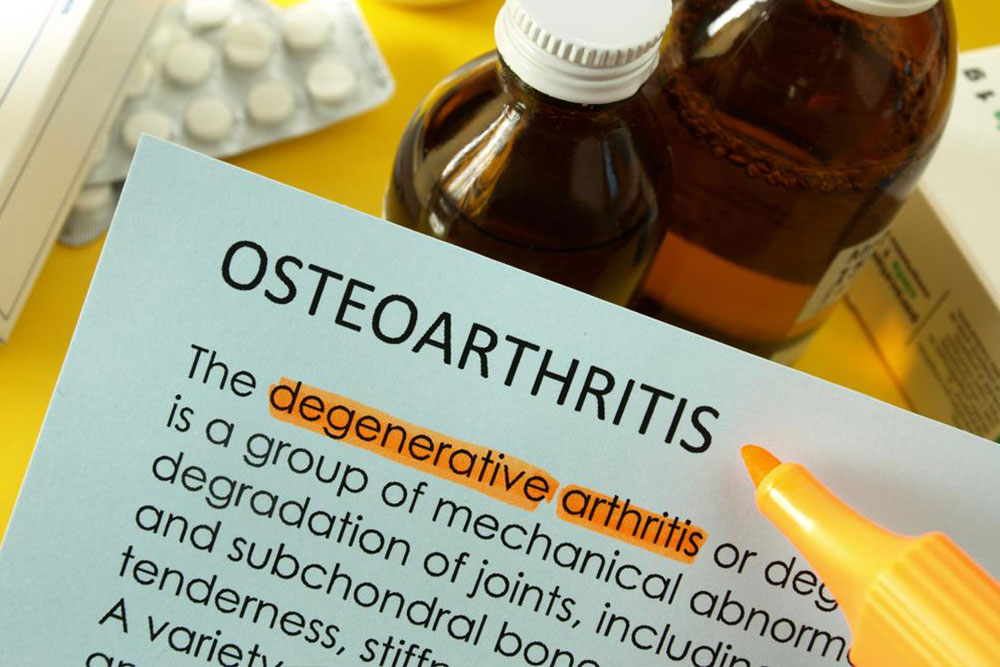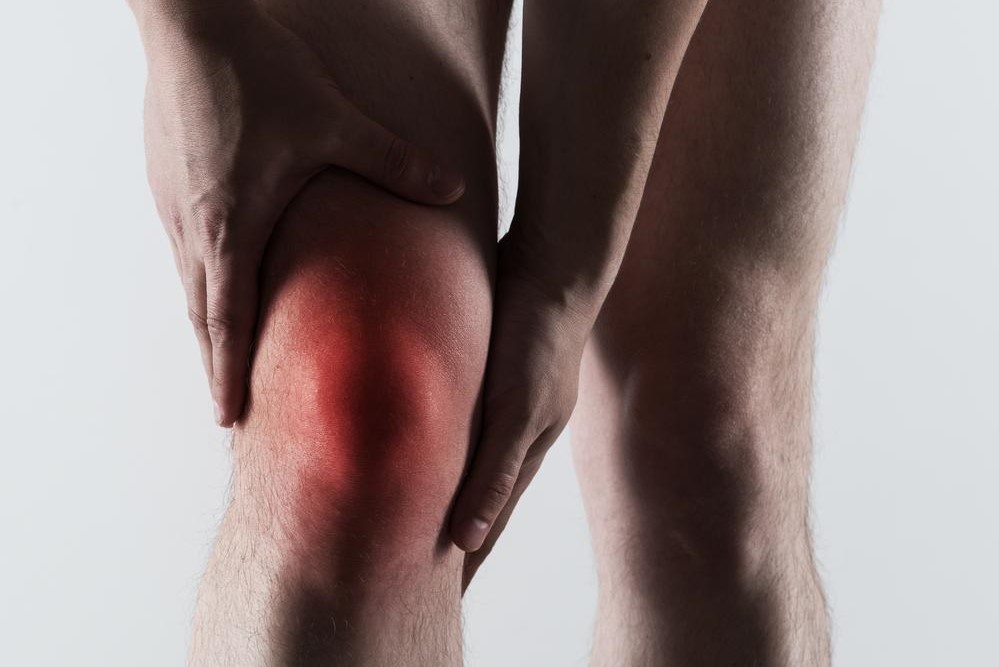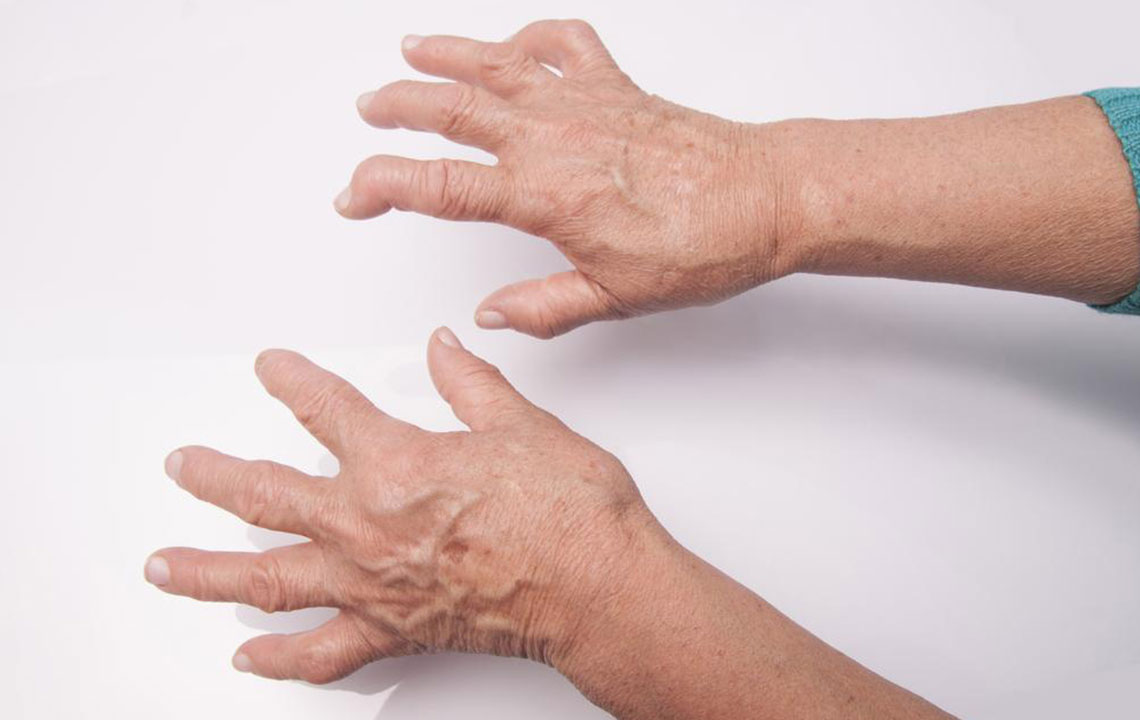Understanding Bursitis: Types and Treatment Strategies
This article explores bursitis, highlighting its types, symptoms, and treatment options. It emphasizes the importance of medical diagnosis and includes practical exercises to manage symptoms. Learn about inflamed bursae in the elbow and hip, and discover effective home routines to support recovery and reduce discomfort.

Understanding Bursitis: Types and Treatment Strategies
Bursitis causes joint pain and swelling, affecting various individuals annually with about 1 in 10,000 cases. Sometimes, infections lead to bursitis, especially in middle-aged men. Medical evaluation is essential to determine severity and recommend suitable treatments and exercises that reduce discomfort and inflammation.
What Are Bursae?
These tiny, fluid-filled sacs are located between bones, tendons, muscles, and skin around joints. Their role is to reduce friction during joint movement, ensuring smooth motion.
In bursitis, inflamed bursae cause pain, swelling, redness, and movement restrictions. Symptoms also include joint stiffness and thickening of the bursae, potentially impairing daily activities. Bursitis is classified based on the affected region, with the most common types being:
Olecranon Bursitis
This form targets bursae at the tip of the elbow, leading to pain and difficulty in elbow movement. Often caused by prolonged resting elbows on hard surfaces or injuries.
Trochanteric Bursitis
Located in the hip, this condition develops gradually and may coincide with arthritis, causing hip pain. It can be triggered by injuries, prolonged pressure on the hips, or poor posture.
Effective treatment options include rest, icing, pain relievers, corticosteroids, and, in severe cases, surgical removal of inflamed bursae. Therapy varies based on whether the bursitis affects the hip, elbow, or knee.
Home Exercises for Bursitis Relief
Physical activities can complement medical treatments in relieving bursitis symptoms. Below are some targeted exercises for hip and elbow bursitis.
Hip Bridge Exercises
Lie on your back with feet flat on the floor. Lift hips by pressing through the heels, engaging your glutes and hamstrings. Lower slowly and repeat. This strengthens hip muscles and supports joint stability.
Lying Leg Circles
While lying on your back, raise one leg slightly and move it in circular motions, keeping it straight. Switch legs and repeat. This improves flexibility and joint range of motion.
Elbow Extension
Sit comfortably, rest your arm on your thigh, and gently straighten the elbow, holding the wrist for support. Return to starting position and repeat to enhance mobility.
Elbow Flexion Stretch
Bend your affected arm at the elbow, facing the palm towards your face. Use your other hand to gently pull the palm closer and hold the stretch for about 30 seconds. Repeat once the stretch is felt, following professional advice for safe practice.










